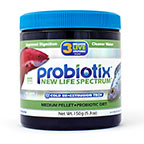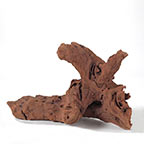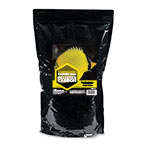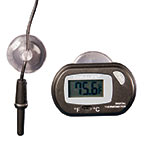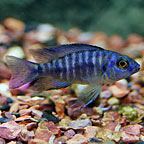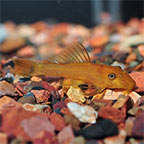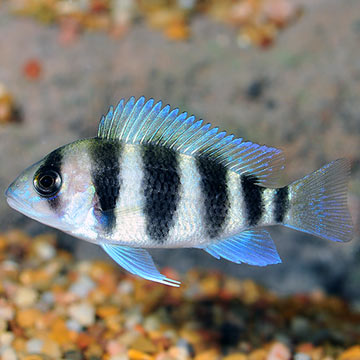
Quick Stats
What do these Quick Stats mean? Click here for more information
What do these Quick Stats mean? Click here for more information
Overview
Although territorial, the Frontosa African Cichlid is generally not aggressive, but rather gentle and tolerant. It does well in a tank with plenty of rocks and caves for hiding and a sandy bottom. Plants are incidental but may be helpful for other tank mates.
A mouth brooder, eggs are laid in a rocky crevasse or cave and then scooped up by the female where she carries them for 21 to 28 days. Once released, she will take them back into her mouth at night or if danger is present. Most members of the mouth brooding variety of African Cichlids are easily bred while in the aquarium if given the proper tank set-up and excellent water conditions. A small group of 5 to 7 females and one male will provide the best opportunities for breeding.
The Frontosa African Cichlid prefers a diet of flaked and pellet foods and freeze-dried ocean plankton or krill.
Approximate Purchase Size: Small 1 1/2" to 2" Medium 2" to 3 1/2"




